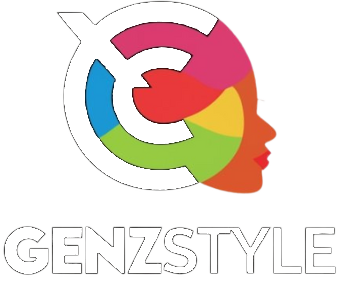Producer: Golden Hour Publications
Rising from the ashes of a toxic relationship can be overwhelming and leave behind scars that seem to remain forever.
Is it a fear of being alone and unloved forever, leading to a cycle of returning to or staying in toxic relationships and situations? Are you feeling emotionally drained? Or are you just letting go? Are you having trouble moving on?
“Fundamentals of restoring a toxic relationship” is not just a book. It is a guide from pain to self-renewal. It offers a practical and comprehensive path to healing, rediscovering self-worth, and reclaiming your life.
Readers will learn the acronyms Recognize, Evaluate, Commit, Organize, Validate, Empower, and Renew to successfully recover from a toxic relationship and rebuild their self-esteem. Learn the “RECOVER” framework.
This method includes seven steps:
Step 1 – Recognize: Identify the signs and patterns of a toxic relationship.
Step 2 – Assessment: Assess the impact on physical, mental and emotional health.
Step 3 – Commit: Deciding to make a change, whether it’s setting boundaries or leaving the relationship.
Step 4 – Get organized: Make a plan to leave safely or get help.
Step 5 – Validation: Accept personal feelings and experiences without judgment.
Step 6 -Empower: Rebuild your self-esteem through self-care, therapy, and support systems.
Step 7 – Updated: Start fresh with tools and strategies for future healthy relationships.
The RECOVER Framework stands out from other methods because it is a comprehensive and holistic framework that guides readers on the journey of healing from toxic relationships. It also provides a roadmap with both deep self-reflection and a wealth of actionable strategies, setting it apart from many others on the topic of toxic relationship recovery.
Additionally, the RECOVER framework has the following characteristics:
A holistic approach: Unlike some methods that focus solely on the emotional or psychological aspects of recovery, RECOVER covers a wide spectrum, from recognizing toxicity to starting anew. This ensures that all aspects of the individual’s experience are addressed, from the intellectual understanding of toxicity to the emotional healing journey.
Action-oriented: This framework is not just for understanding and reflection; it pushes individuals towards actionable steps. For example, the Commit and Organize stages encourage individuals not only to decide to make a change, but also to strategize and act on that decision.
Emphasis on self-verification: While many methods may emphasize external validation and support (which is definitely important), RECOVER’s “validation” phase involves accepting and recognizing your feelings and experiences without external judgment. It is very important to do so. This promotes true self-healing.
Empowerment-focused: This framework is structured to empower individuals. by As the stages progress, individuals not only move away from the toxic source, but also actively work on rebuilding their self-esteem, ensuring that their confidence and self-esteem are regained.
Adaptability: RECOVER’s stages are arranged in sequence, but can be adapted to individual needs. Some people may need to repeat the “recognize” phase many times, or vacillate between “commit” and “verify.” The flexibility of the framework allows for customized recovery procedures.
For the future: The final stage, Renewal, ensures that individuals not only heal past wounds but also have the tools, knowledge, and confidence to pursue healthier relationships in the future.
Inclusiveness: Because the RECOVER framework makes no assumptions about the nature of toxic relationships, it can be applied to a variety of situations, from romantic relationships to toxic family relationships and friendships.
After reading this book, readers will be able to immediately apply the book’s content and gain a deeper understanding of toxic relationships. They can learn how to heal and rebuild their self-esteem and maintain healthy relationships in the future.
This book is a lifeline for anyone trapped in the complexities of toxic relationships. From early signs to deep-seated emotional aftermath, this book provides a holistic approach to healing. This book not only educates readers about the complexities of toxicity, but also equips them with actionable strategies to rebuild self-esteem, embrace emotional stability, and move toward healthier, more fulfilling connections.
Discover strategies for emotional renewal and learn techniques for building healthier relationships while regaining inner peace and strength. Start your rejuvenation journey!
Source: Spiritual Media Blog – www.spiritualmediablog.com




